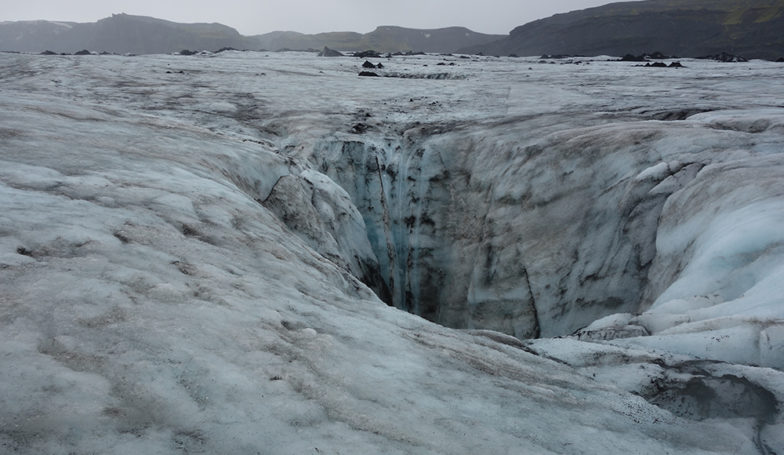What Is the Best Date for Noah’s Flood?
Question of the week: How do you respond to those who critique the Reasons to Believe (RTB) flood model by mentioning human fossils and artifacts found in Africa, Egypt, and Israel at 85,000 to 55,000 years ago show that humankind had already spread out long before the RTB flood model would propose?
My answer: The RTB flood model dates the flood of Noah at about 50,000 +/- 40,000 years ago. Neither the scientific nor the biblical dates for the creation of Adam and the flood of Noah are very accurate. The Bible implies that the dates for both the creation of Adam and Eve and the flood of Noah are sometime during an ice age, most likely the last ice age. That the waters of Noah’s flood took eleven months to completely recede (Genesis 7:11, 7:17, 8:14) implies that there had to be a great amount of melting ice and snow on the mountains surrounding the flood region. The scientific date range for the last ice age is 130,000–14,000 years ago and the ice age before that 230,000–135,000 years ago.
There are large unknown systematic errors in the dating of artifacts in the range of 50,000 to 200,000 years ago. See “Errors in Human Origins Dates” for an explanation and measurements of these systematic errors. As for the geographical disparity of the artifacts, one explanation could be the several epochs during the last ice age when there was an easy migration route that allowed humans to quickly and easily move back and forth from the Persian Gulf region to East Africa along the Gihon River and over the land bridge connecting southwest Arabia to the Horn of Africa.1
Endnotes
Ash Parton et al., “Alluvial Fan Records from Southeast Arabia Reveal Multiple Windows for Human Dispersal,” Geology 43, no. 4 (April 2015): 295–98, doi:1130/G36401.1; Hugh Ross, “Did Arabia Provide a Migration Route for Early Humans?” Today’s New Reason to Believe (May 28, 2015).






